Tesla, once the poster child of the electric vehicle (EV) revolution, is facing a perfect storm of challenges that threaten its position as a market leader. The company's recent financial report reveals a 71% drop in net income, overshadowed only by CEO Elon Musk's announcement to step back from his controversial role at the Department of Government Efficiency (DOGE). However, the financial decline is just the tip of the iceberg, with deeper issues rooted in falling sales, shrinking profit margins, and increasing competition.
The Financial Quagmire
Tesla's financial health is deteriorating rapidly. The company reported a significant drop in net income, a stark contrast to its previous growth trajectory. This decline is attributed to falling sales for the first time in its history and decreasing prices for electric vehicles. The bottom line is vanishing, and the company is losing money on its core business—selling cars.
In the first quarter, Tesla managed to post a $409 million profit, but this was largely due to the sale of $595 million worth of regulatory credits to other automakers. These credits have been a lifeline for Tesla, but the Trump administration's push to eliminate federal emission rules that favor EVs could spell disaster. Without these credits, Tesla's profitability would be severely impacted.
The Impact of Tariffs and Competition
Tesla's woes are compounded by potential rising costs due to tariffs on imported auto parts. CEO Elon Musk has acknowledged that these tariffs could be significant, though less so than for some competitors. Additionally, Tesla is facing increasing competition from other automakers' EV offerings, particularly in China. Sales are falling in both Europe and China, even as overall EV sales in these markets are on the rise. Tesla is poised to lose its title as the world's largest seller of electric vehicles to Chinese automaker BYD.
The Brand Damage
Musk's political activities have also taken a toll on Tesla's brand. Leading efforts to slash the federal government and supporting far-right parties have alienated some consumers. Even Wall Street fans of the company believe the brand damage could be lasting, despite Musk's claim that he intends to step back from DOGE. Musk's controversial stances have turned off some buyers, contributing to the decline in sales.
The Promise of Robotaxis and Autonomous Vehicles
Despite the current challenges, Musk remains optimistic about Tesla's future. He dismisses the financial distress, citing past crises that Tesla has weathered. "We've gone through many a crisis over the years and actually been... on the ragged edge of death—at least, maybe a dozen times," he told investors. "This is not one of those times. We're not on the ragged edge of death, not even close."
Musk's optimism is partly based on the promise of "robotaxis" and autonomous vehicles. He claims these innovations will make Tesla worth more than the world's next five most valuable companies combined. However, the path to profitability in this area is fraught with challenges. General Motors and Ford have both scaled back their autonomous vehicle efforts, concluding that profitable, fully autonomous vehicles at scale are still far off.
The Regulatory Credit Conundrum
The Trump administration's push to eliminate federal emission rules and end the right of states to demand tougher emissions regulations poses a significant threat to Tesla. Without these regulations, Tesla would lose the lucrative regulatory credit sales that have bolstered its bottom line. Since the start of 2021, these credits have brought in $8.4 billion in revenue, a significant portion of the company's profits.
Shrinking Profit Margins
Tesla's profit margins are also shrinking. The gross automotive profit margin, excluding regulatory credit sales and other expenses, was 12.5% in the most recent quarter, down from a high of 30% in the first quarter of 2022. This is the lowest margin since early 2012, when Tesla was just getting started. The decline in profit margins is attributed to reduced sales and increased research and development costs.
The Role of Investors and Market Confidence
Despite the challenges, some investors remain bullish on Tesla's future. Gene Munster, managing partner at Deepwater Asset Management, attributes the thinner profit margins partly to reduced sales and increased R&D spending. He believes Tesla is setting the stage for future improvements. However, the market remains skeptical, with shares fluctuating based on regulatory developments and Musk's announcements.
Tesla's current financial struggles are a stark reminder of the challenges facing the EV industry. The company's profitability is heavily reliant on regulatory credits, which are under threat from changing policies. Falling sales, shrinking profit margins, and increasing competition further complicate the picture. While Musk's vision for robotaxis and autonomous vehicles offers a glimmer of hope, the path to profitability remains uncertain.
As Tesla navigates these turbulent times, the importance of a stable and supportive regulatory environment cannot be overstated. The company's future depends on its ability to adapt to changing market conditions, innovate effectively, and maintain consumer trust. Musk's leadership and vision will be crucial, but so too will be the company's ability to weather the political and economic storms that lie ahead.

By Eric Ward/Apr 29, 2025

By Jessica Lee/Apr 29, 2025
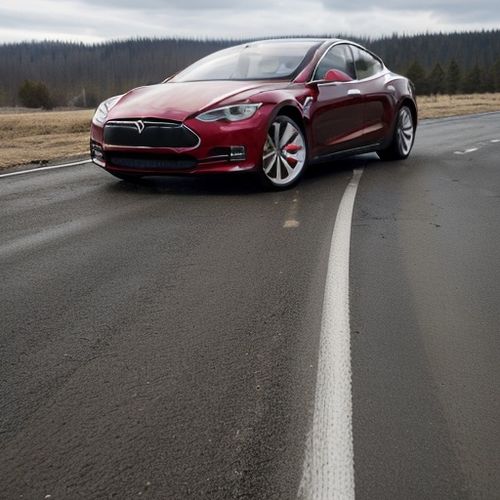
By Lily Simpson/Apr 29, 2025
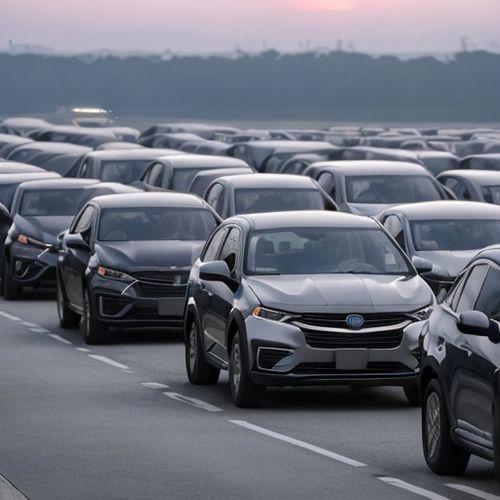
By Amanda Phillips/Apr 29, 2025

By James Moore/Apr 29, 2025

By Amanda Phillips/Apr 29, 2025

By Sophia Lewis/Apr 29, 2025
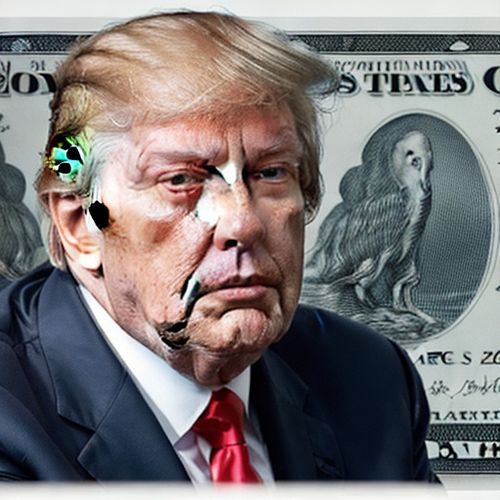
By Ryan Martin/Apr 29, 2025

By Elizabeth Taylor/Apr 29, 2025
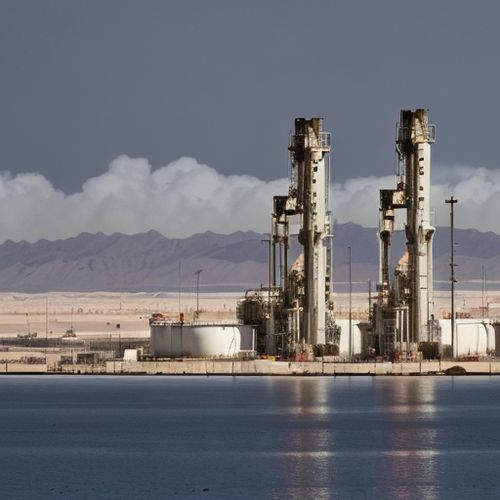
By Noah Bell/Apr 29, 2025

By Emily Johnson/Apr 29, 2025

By Grace Cox/Apr 29, 2025

By Rebecca Stewart/Apr 29, 2025

By Elizabeth Taylor/Apr 29, 2025
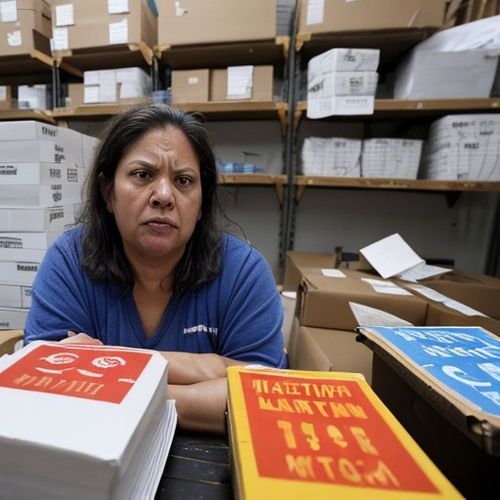
By Michael Brown/Apr 29, 2025

By Olivia Reed/Apr 29, 2025
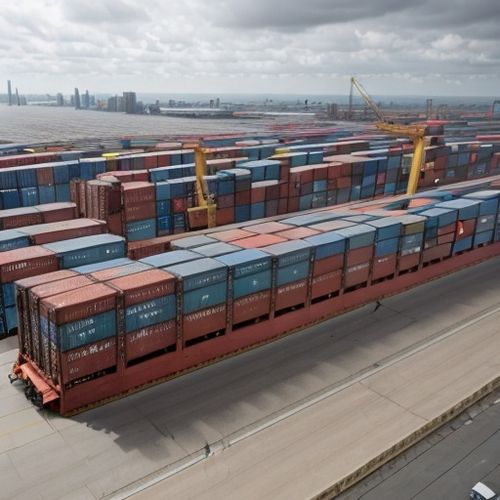
By Daniel Scott/Apr 29, 2025

By Joshua Howard/Apr 29, 2025

By Megan Clark/Apr 29, 2025

By John Smith/Apr 29, 2025